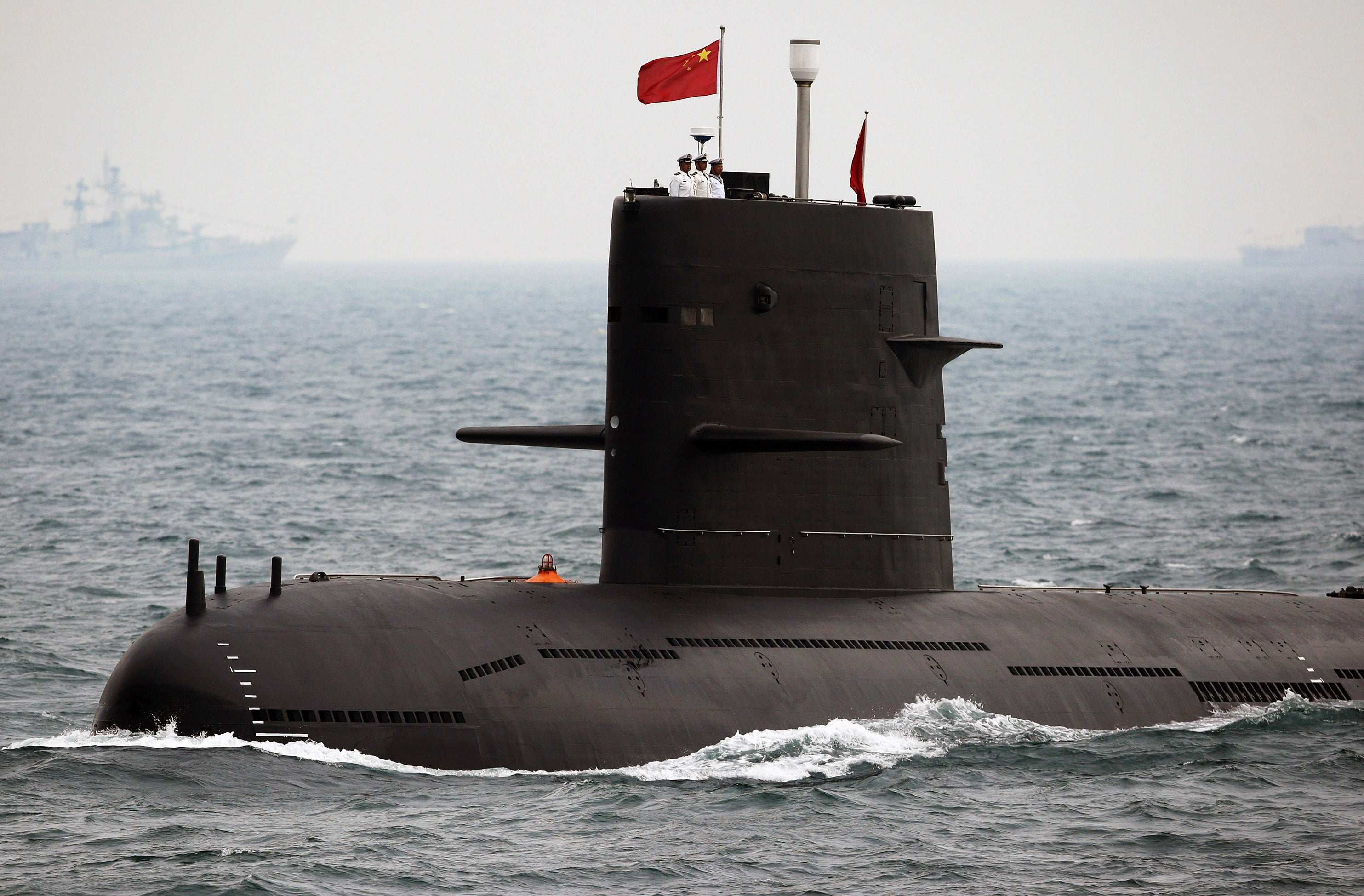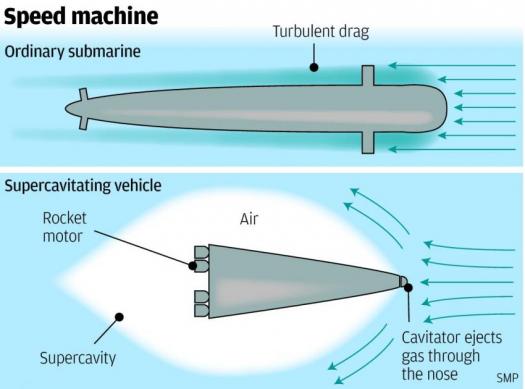Chinese military's 3,000mph super sub dismissed as 'ludicrous' by US experts
The submarine would use a method known as supercavitation to shield itself in an air bubble that would let it slip through water with far less friction

Your support helps us to tell the story
From reproductive rights to climate change to Big Tech, The Independent is on the ground when the story is developing. Whether it's investigating the financials of Elon Musk's pro-Trump PAC or producing our latest documentary, 'The A Word', which shines a light on the American women fighting for reproductive rights, we know how important it is to parse out the facts from the messaging.
At such a critical moment in US history, we need reporters on the ground. Your donation allows us to keep sending journalists to speak to both sides of the story.
The Independent is trusted by Americans across the entire political spectrum. And unlike many other quality news outlets, we choose not to lock Americans out of our reporting and analysis with paywalls. We believe quality journalism should be available to everyone, paid for by those who can afford it.
Your support makes all the difference.Chinese military researchers have made waves this week by claiming to be on track to build a next generation submarine that can travel at speeds exceeding 3,000 mph (that’s Shanghai to San Francisco in less than two hours). US weapons experts, however, have dismissed the claims as ‘ludicrous’.
The proposed submarine design would work by applying the concept of supercavitation – a method of speedy underwater travel that was first developed by the Soviets in the 60s, but that has only previously been fitted to torpedoes.
The method works by using a special nose cone to expel air at high volume at the front of the vessel, creating a bubble of gas that surrounds the craft. As air is so much thinner than water the vessel can move much faster while in this bubble (think about the difference between moving your hand through water in a swimming pool and swishing it through the air).
There’s a lot of difficulties that accompany this method (the craft has to already be travelling pretty fast to compress the air, and once supercavitation begins its near impossible to steer as rudders need water to work) but it would be a staggering leap forward for submarines – craft that typically don’t go much faster than 46 mph.
But while having a sub equipped with nuclear-missiles that can circumnavigate the world in half day would certainly be a game changer for international politics, the Chinese claims go way beyond current technology.

Compare the top speed of 3,000mph with the Russians’ supercavitating torpedo, the Shkval, which is many time faster than traditional missiles but still only has a top speed of 230mph. Even the speedier, German version (the superbly named Superkavitierender Unterwasserlaufkörper) can only travel at speeds of up to 249 mph.
In addition, Chinese researcher Li Fengchen of the Harbin Institute of Technology's Complex Flow and Heat Transfer Lab claims his team have solved the problem of steering by showering water on the craft to create a ‘liquid membrane’, varying the friction this membrane creates on different parts of the craft to steer it.
“Our method is different from any other approach, such as vector propulsion," or traditional engines, Li told the South China Morning Post. "By combining liquid-membrane technology with supercavitation, we can significantly reduce the launch challenges and make cruising control easier."
All of which is great in theory, but with the specifics of the research a secret (and the technology itself also unseen) it’s no surprise that some have reacted sceptically to the claims.
Norman Friedman, a weapons expert with the US Naval Institute, told Time: “The idea that any Chinese research association would talk about its best ideas is ludicrous beyond words."
Friedman points out even supercavitating torpedos are only good for a sprint and are incapable travelling much further than 10,00 yards. He adds that the extra space on a sub might be able to extend this range to 40 miles or so, but to drastically increase this distance and the speeds moves the Chinese claims from academic research to science fiction.
"They simply don’t go public with this kind of project, though they do sometimes show off things that don’t exist," he added.
Join our commenting forum
Join thought-provoking conversations, follow other Independent readers and see their replies
Comments